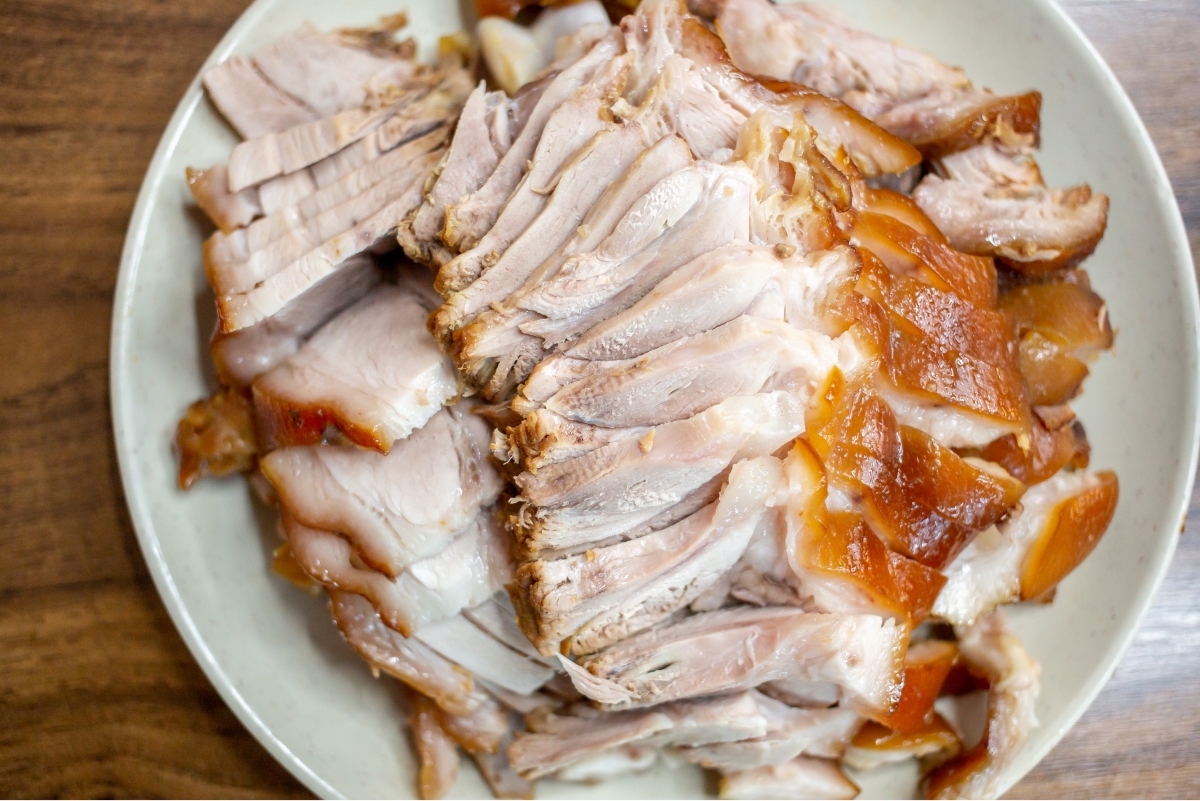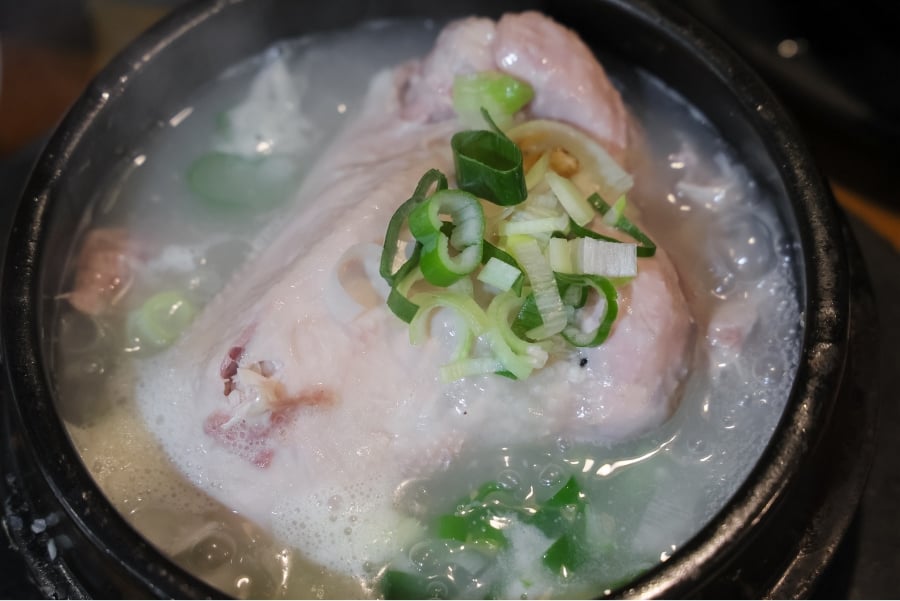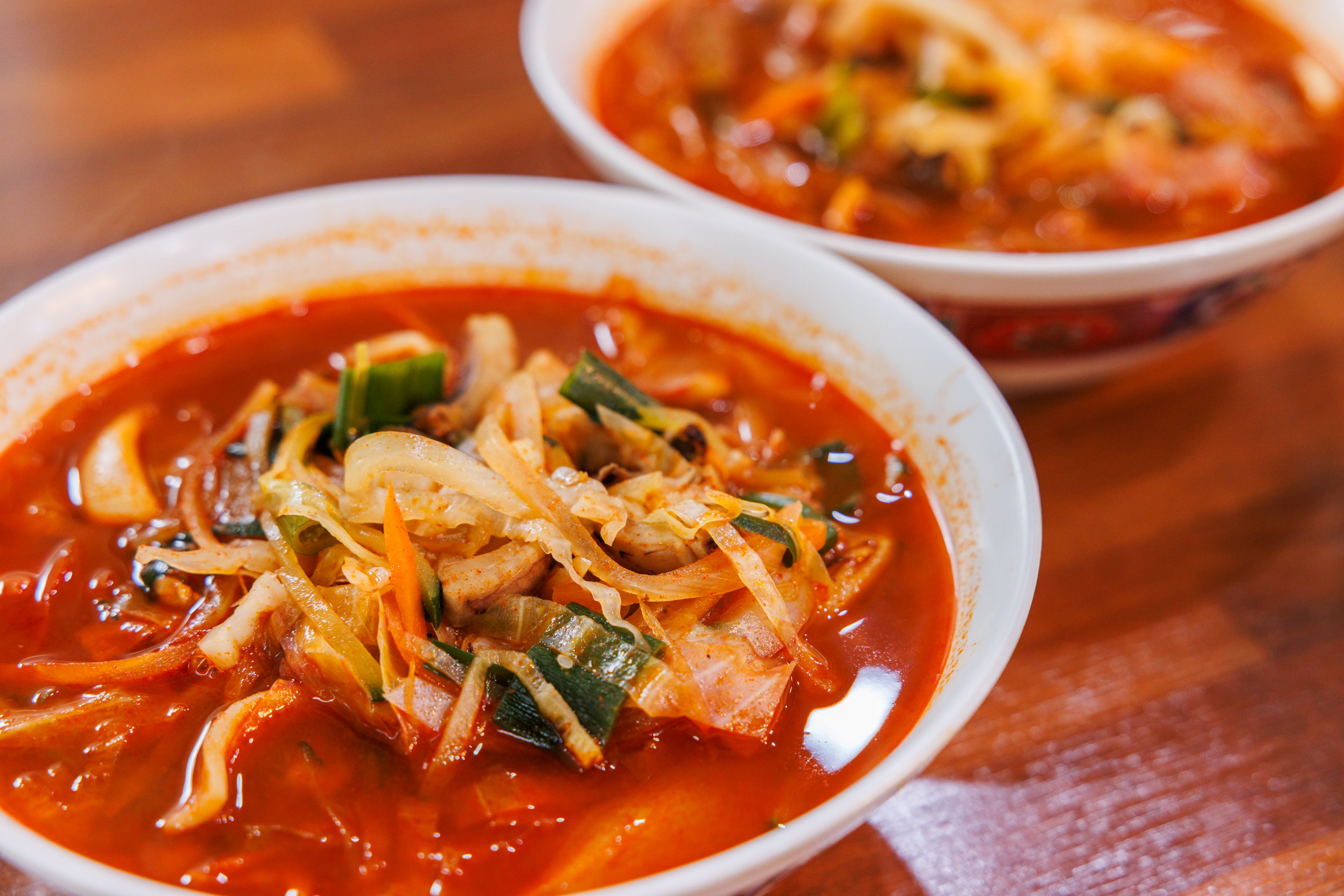Here’s the sentence optimized for SEO and with an HTML structure:
Conquer the Culinary Challenges of Korean Cuisine: A Bold Leap of Faith
You may love the taste of Korean cuisine, but sometimes you need to take a bold leap of faith to truly embrace it. While some strange-looking dishes may cause you to take a step back in shock, being a true lover of Korean cuisine means being willing to try the hardcore-level offerings that even some Koreans find hard to eat. If you can conquer these culinary challenges, you might as well be recognized as a Korean. Let’s start with an intermediate-level food that will test your adventurous spirit.
Intermediate-Level Korean Cuisine: Conquering the Unexpected
The journey to becoming a true Korean cuisine aficionado begins with taking on the intermediate-level dishes that may surprise and delight your palate. Are you ready to step out of your comfort zone and embrace the flavors that have captivated the world?
Braised Pigs’ Feet: A Delightful Culinary Adventure
Braised Pigs’ Feet often surprises foreign travelers with its main ingredient; a pig’s trotters. But once you try it, you will find its flavors pleasing to your palate, unlike its strange look. The chewy pork skin and soft meat are a match made in heaven, and only those brave enough to try them will know their true tastes. Braised Pigs’ Feet is a dish that originates from a region in North Korea. Refugees who fled their homes during the Korean War settled in Jangchung-dong, Seoul, and began to sell Braised Pigs’ Feet to make a living. With that, South Koreans began to develop a taste for the dish. Braised Pigs’ Feet is initially boiled with ginger, garlic, bay leaves, green tea powder, beer, coffee powder, and more, to remove the gamey odor of pork. Then, it is sunk in cold water to remove any impurities and boiled until it is completely cooked. Pig’s trotters get slightly different flavors depending on the ingredients added in the boiling process, time, and the cool-down process. Salted Shrimp is a perfect match for pork, so Braised Pigs’ Feet is usually enjoyed with a Salted Shrimp dip. For a companion dish, there are Spicy Buckwheat Noodles. Enjoy a piece of Braised Pigs’ Feet wrapped in Spicy Buckwheat Noodles for a unique combination of flavors.
Spicy Grilled Chicken’s Feet: A Delicacy with a Twist
Foreign travelers who encounter Spicy Grilled Chicken’s Feet for the first time are often startled by its look that resembles a human hand. However, Spicy Grilled Chicken’s Feet has loyal fans thanks to its moist and chewy texture and delicious seasoning. Especially, with the invention of Grilled Boneless Chicken Feet, its fandom is ever-growing. “Cheongjanggwanjeonseo,” a late Joseon dynasty text, includes a few delicacies, such as bear’s paw, chicken feet, swallow’s thigh, etc. Chicken feet have been considered a delicacy ever since it was written by a person named Jang Hyeop of the West Jin dynasty, China, who lived in the late 3rd century. In pre-3rd century China, chicken feet were considered a luxury food ingredient. Recently, there have been two types of Grilled Chicken Feet dishes; one with brothy sauce and one stir-fried. Braised Chicken Feet in Sauce is made with spicy chili paste sauce and various vegetables, while Stir-fried Chicken Feet is made with chili paste and sugar-added seasoned sauce.
Chopped Live Octopus and Beef Tartare: A Daring Culinary Adventure
Like its name suggests, chopped Live Octopus and Beef Tartare is a dish made by putting chopped live octopus on top of beef tartare. The name tells you how it is made, quite literally – live octopus is chopped into small pieces with a knife on a cutting board. Thinly sliced pear, tangy radish sprouts, and an egg yolk are also served with the dish as garnishes. Mix them together to enjoy the fresh and nutty flavors of Beef Tartare and Chopped Live Octopus and garnishes. Chopped Live Octopus and Beef Tartare may look very strange to foreign travelers as all its ingredients are served uncooked. However, in a 2018 online survey by the Korea Tourism Organization that was carried out with 944 foreign social media members, Live Octopus was the no.1 “authentic Korean dish to try” showing that it is a fearful yet intriguing dish to international gourmets. Gwangjang Market is a good place in Seoul to taste Chopped Live Octopus and Beef Tartare. True to its fame of being the food heaven, Gwangjang market hosts many famous Beef Tartare shops. You can say you have an authentic Korean palate if you acquired a taste for the nutty and savory flavor of Chopped Live Octopus and Beef Tartare.
Grilled Sea Eel: A Soju-Worthy Delicacy
The look of spasming sea eels on a grill is indeed a startling scene, even to those who are used to having Korean dishes that are more on the “strange” side, like Braised Pig’s Feet and chicken feet. But, as soon as you put a well-grilled piece of sea eel in your mouth and drink a glass of soju, you will forget how it spasmed on fire and lose yourself in its chewy texture and savory flavor. It is the best company to soju that only brave gourmets can enjoy. There are two types of Grilled Sea Eel; salt-seasoned and and sauce-marinated. Salt-seasoned Grilled Sea Eel is a dish made by slicing sea eels into bite-sized pieces and seasoning them with salt before grilling. The sauce-marinated version soaks sea eels in a seasoned sauce of onion, minced garlic, green onion, sesame oil, and chili powder before grilling them. Choose Grilled Salted Sea Eel for a savory taste, and Grilled Marinated Sea Eel for a sweet and spicy taste. Busan is the home of Grilled Sea Eel. Around Jagalchi Market and Oncheonjang area is Gomjangeo Alley, where Grilled Sea Eel restaurants line up the street. During the Japanese Occupation of Korea, the Japanese used leather of sea eel to make wallets and shoes. Merchants in the market got the flesh of sea eel and began to put sauce on it and cook it over briquette fire. Hence, the dish Grilled Sea Eel came to be in Busan.
These unique and flavorful Korean dishes are sure to leave a lasting impression on your taste buds. Whether you’re a seasoned foodie or a curious traveler, exploring the diverse culinary landscape of Korea is an adventure worth embarking on. Bon appétit!



